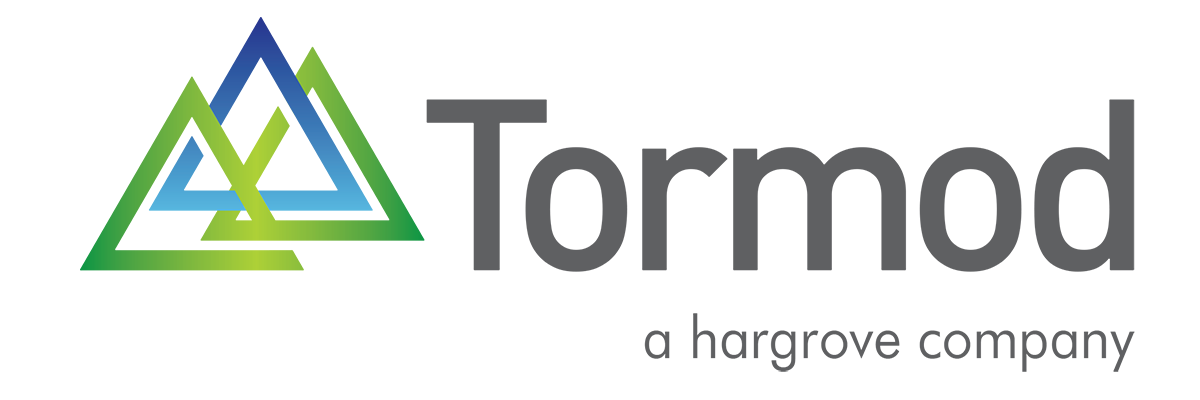When you replace a fuse on a non-functioning machine and your machine starts running again, it does not necessarily mean the root cause of the failure has been fixed. There is a reason the circuit was drawing more current than it was designed to – and this should be addressed as well. Approaching the situation with a root cause analysis, rather than a temporary fix, helps to prevent future issues.
What is a Root Cause Analysis?
A Root Cause Analysis (RCA) is a way to identify the cause of a machine stoppage or production deficiency. An RCA identifies all casual factors that contributed to a reaction resulting in equipment failure and/or a downtime event. RCAs should determine what happened, why it happened, and how to prevent it from happening again.
Root Cause Analysis Tools
A simple RCA can be performed by using the “5 Whys Method.” Once a problem has been identified, utilize this method by asking “why” five times to analyze the complication and discover the root cause.
More complex RCAs require a diverse team of stakeholders to identify all potential causes and solutions. Problem-solving techniques such as Pareto charts, Fault Tree Analyses, and Ishikawa Fishbone Diagrams are structured approaches that allow for visual representation of data.
Performing a Root Cause Analysis
To perform an RCA step-by-step your team must:
- Analyze the problem and identify any symptoms to form a problem statement.
- Collect data that could be related to the problem from all potential sources.
- Analyze the data to determine causal factors and related timelines.
- Question each causal factor to see how it affected the next until you determine the root cause(s).
- Recommend a leader or team to implement solutions that are scheduled by all members of the RCA team.
- Consider and identify other assets or processes that are similar or can be affected the same way. This allows you to proactively address issues within your system before a similar failure occurs.
Thoroughly investigating the solution does not adversely affect any related parts of your process. Resist the temptation to skip ahead. Some members of the team may insist the root causes are already understood and it is not necessary to investigate further. However, jumping to conclusions increases the likelihood of partial solutions that do not address the underlying system gaps and fail to prevent similar events in the future.
Contributing Factors
A properly executed RCA may identify several factors that should be addressed within the maintenance organization. Solutions should be developed and prioritized based on how much the factor influenced the failure, the difficulty of remediation, and how long it will take to implement.
The most common sources of contributing factors that could impact a failure are:
- Machinery – Is there a defect in the manufacture of the asset? Did a part break? Was a part not functioning properly?
- Management – Were necessary adjustments made for maintenance availability? Were production levels set in line with the machine’s design parameters?
- Manpower – Were your personnel trained in the machine’s capabilities? Did they perform the processes correctly?
- Materials – Were the materials, including raw and substituted, used as intended by the original equipment manufacturers?
- Method – Do the processes and policies strengthen or harm the system?
- Milieu (mother-nature) – Was the asset operating in an environment that it wasn’t designed for? Was it too hot or humid?
Implementing Solutions
Once the RCA is complete, your team or leader must implement solutions to facilitate the repair. Implementation should include training of personnel to properly operate equipment to ensure they are handling the asset properly.
Working with Industry Specialists
Tormod’s industry specialists have the knowledge and experience to participate in and facilitate root cause analyses at your site.
To partner with Tormod, contact us.


